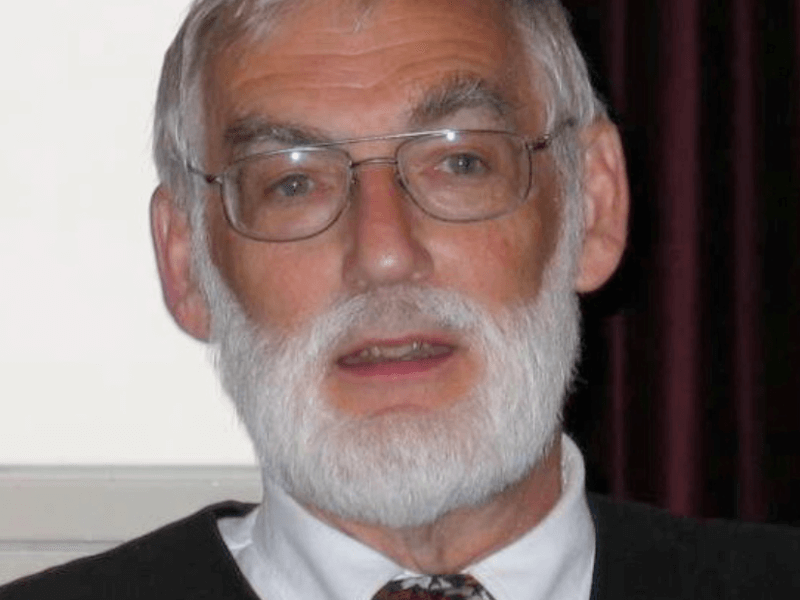10 July 2020 – Our human species has lived on this earth for about 15,000 generations. Until 1750 there was essentially no growth in GDP per person. For 300,000 years average people experienced no overall improvement in welfare during their lifetimes. Only during the past 15 generations, a mere 0.001% of humanity’s existence on earth, has it become accepted and expected that life for all should continuously and rapidly improve.
By Dennis Meadows, 9. June 2020. First published in DIE ZEIT (in German)
Amory Lovins observed, “Anything that has happened, is possible.” It is therefore certainly possible socially and psychologically for humans to live without growth. But it is certainly impossible politically and economically for humans to choose that option proactively now. Politicians require the promise of more later to sustain commitment for agreements that give some less now. And financiers require the promise of more later to sustain tolerance for policies that produce enormous inequalities for most now.
The charade of indefinite progress is being sustained today only by continuously redefining growth – giving more and more weight to the financial transactions that do not produce real wealth, giving less and less weight to the foods, services, and goods productions of that do increase real wealth; more weight to the cost of repairing damage, less weight to the environmental damage that harms human life. In fact the true welfare of the average person on this planet has been in decline for some years. This fact has been obscured by the creation of massive debt, thus it is not yet generally acknowledged. But within this century it will again be widely understood that society is in a period of zero or negative growth.
To say that something is possible and inevitable is not to say that it is easy and quick.
It is possible and easy for a person either to move rapidly on a bicycle or to stand beside it stopped. But slowing a bicycle and dismounting, without injury, requires substantial thought and skill. One grave obstacle deprives global society of the thoughts and skills required to dismount from its rapidly growing economy. The globe’s current power elites benefit in the short term from the wide preoccupation with expanding GDP and from the narrow focus on financial measures for achieving that goal. Because those elites are mostly short-sighted, they will use all their resources to block efforts to reverse growth, to diversify measures of social well being, and to reduce their own wealth and influence. Because they still have enormous influence, I expect them to succeed for another few decades.
This does not mean that growth will continue indefinitely. Instead, it means that the end of growth will be forced on society by factors outside the elites’ control, such as declining availability of energy, falling resource quality, rising disruptions from climate change, falling agricultural yields from loss of arable land, growing costs of environmental services – potable water, breathable air, survivable temperatures, and, perhaps, through civil strife caused by the decline in social cohesion produced by massive inequality.
So what lies ahead? Over the next two centuries the globe’s population, its energy, and its resource consumption will decline – by 50% or more. The amount of chaos and inequity during this transition will depend more on the qualities and the goals of the leaders that emerge than on the specific forms of governance that evolve.
Those forms will change. There will be consolidation at the community level, as local groups reorganize to sustain their lives and livelihoods in the throes of their changing conditions, choosing polices that favor resilience over those that promote growth. Tribal modes of organization have served our species far, far longer than the alternatives – monarchy, autocracy,
oligarchy, democracy. I expect they will prevail again.






